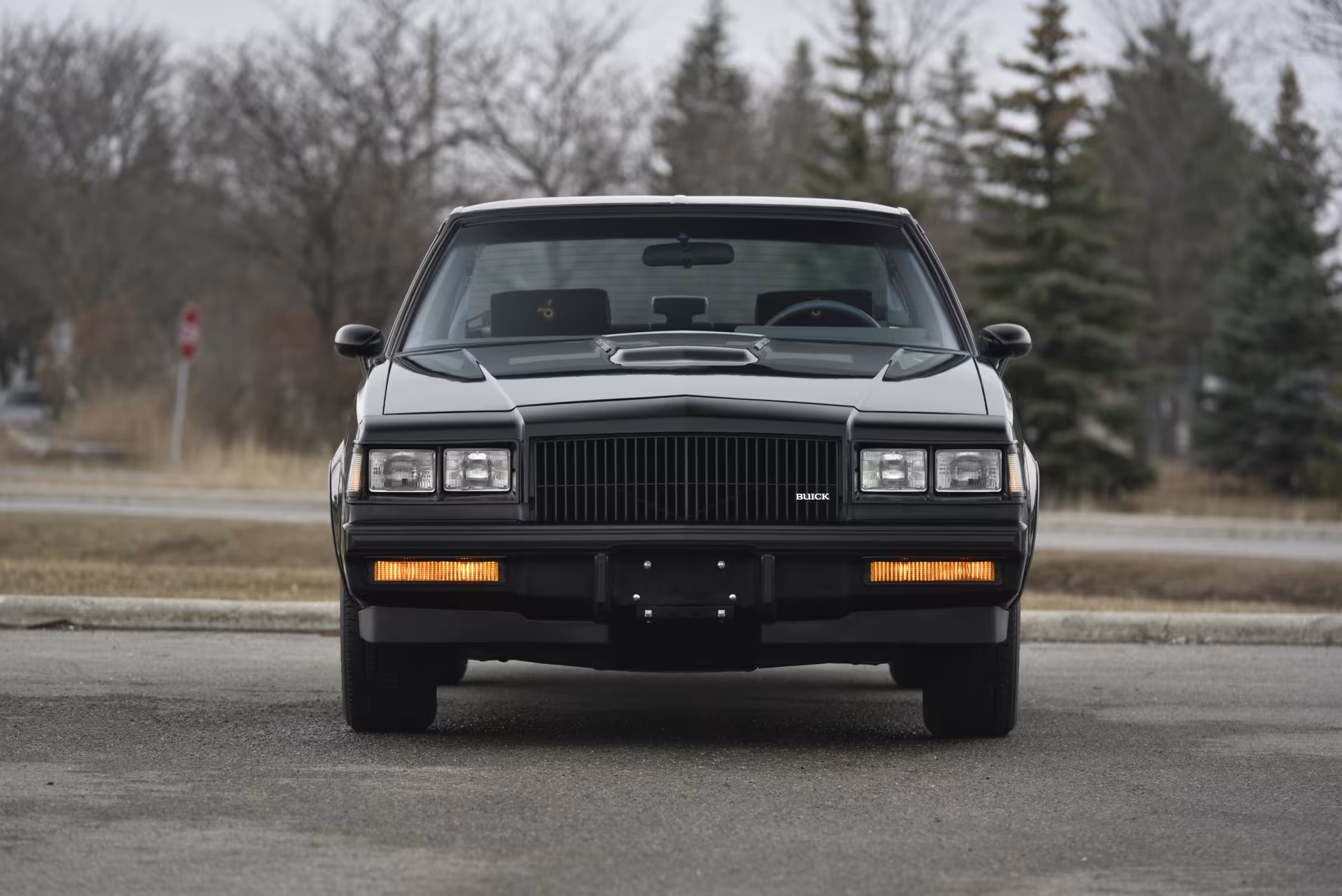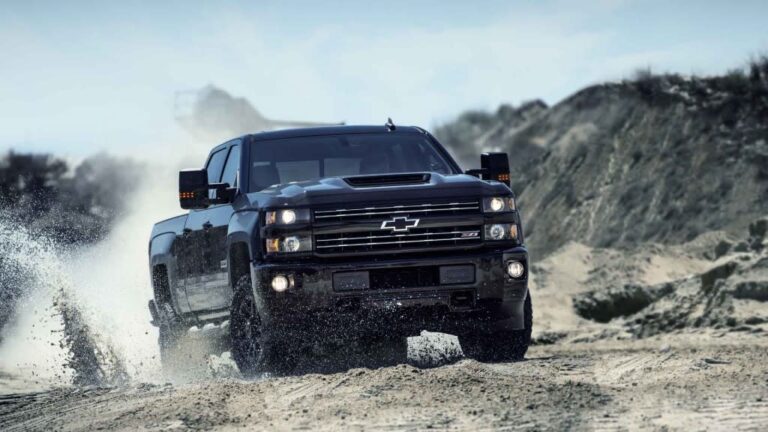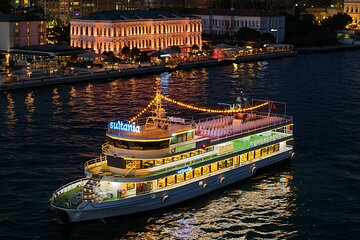The 1987 Buick Grand National is more than just a car; it’s a piece of automotive mythology that refuses to fade away. Even decades after it rolled off the assembly line, enthusiasts still revere this machine for its menacing looks, astonishing performance, and the sheer audacity it represented during an era dominated by slow, smog-choked vehicles. The Grand National wasn’t just fast for its time—it was revolutionary. This dark and brooding coupe from Buick shocked the world by outperforming V8 muscle cars with its turbocharged V6, earning its place as a true legend in American car culture.
The Birth of a Legend
The story of the 1987 Buick Grand National begins in the early 1980s, a time when American performance cars were struggling to reclaim their glory days. Buick, traditionally known for comfortable sedans and luxury cruisers, made an unexpected move by entering the performance arena. It all started with the Regal platform, a modest mid-size coupe. But in 1982, Buick decided to transform this quiet commuter into something fierce, introducing the Grand National as a limited-edition model named after NASCAR’s Winston Cup Grand National Series.
The early versions were impressive, but it wasn’t until 1984 that the Grand National truly began to earn its reputation. Buick engineers equipped it with a turbocharged 3.8-liter V6 engine, a radical departure from the typical V8 muscle car formula. This engine, paired with electronic fuel injection and an intercooler, gave the Grand National the power and efficiency needed to dominate the streets. By 1987, the final production year, Buick had perfected the formula, creating what is now considered the ultimate version—the 1987 Buick Grand National.
A Wolf in Black Paint
The 1987 Buick Grand National made a statement before the engine even started. With its all-black exterior, blacked-out trim, and sinister stance, it exuded intimidation. Buick offered no chrome, no flashy decals—just deep, glossy black paint and a few subtle badges. This minimalist design became its trademark, and the car’s visual aggression was matched only by its performance.
While other automakers were experimenting with bright colors and futuristic designs, Buick went in the opposite direction. The Grand National’s understated appearance gave it an air of mystery and danger. To this day, enthusiasts refer to it as the “Darth Vader” of muscle cars—a nickname that perfectly captures its dark persona.
The Power Within
At the heart of the 1987 Buick Grand National lies the turbocharged 3.8-liter V6 engine, officially rated at 245 horsepower and 355 lb-ft of torque. But anyone who has ever driven or raced one knows that Buick’s numbers were conservative. Real-world tests revealed that the car often produced closer to 275 horsepower, allowing it to sprint from 0 to 60 mph in around 4.9 seconds—an incredible feat for a mid-’80s vehicle.
The combination of turbocharging and intercooling gave the Grand National a massive advantage over its competitors. While most V8-powered muscle cars of the era struggled to break the 200-horsepower mark, Buick’s V6 could deliver explosive acceleration with minimal lag. The 200-4R automatic transmission, tuned specifically for the turbo engine, handled the power smoothly and efficiently. In a straight line, few cars could keep up.
Dominating the Streets and the Strip
The 1987 Buick Grand National wasn’t just a fast car—it was a giant killer. In head-to-head tests, it outperformed the Chevrolet Corvette, Ford Mustang GT, and even some European sports cars. Its combination of affordable power, stealthy looks, and factory reliability made it a favorite among street racers. It wasn’t uncommon for Grand Nationals to humble high-priced exotics in drag races, earning a reputation as the ultimate sleeper.
Car and Driver famously called it “the quickest American production car” of its time. The Grand National could complete a quarter-mile in around 13.9 seconds straight from the factory—numbers that put it in elite territory during the 1980s. This performance, combined with its intimidating looks, ensured that the car became a street legend almost overnight.
The GNX: The Ultimate Evolution
In 1987, Buick decided to give the Grand National one final, unforgettable send-off. Partnering with McLaren Performance Technologies/ASC, they created the GNX—short for Grand National Experimental. Only 547 units were produced, making it one of the most coveted American performance cars ever built.
The GNX took the already potent Grand National and elevated it to another level. It featured a revised turbocharger, improved intercooler, upgraded transmission, and a unique rear suspension setup designed to maximize traction. Officially rated at 276 horsepower and 360 lb-ft of torque, the GNX’s true output was much higher, with many experts estimating over 300 horsepower.
With a quarter-mile time of around 12.7 seconds, the GNX was faster than nearly every production car available in America at the time, including the Corvette and Porsche 911. It was, and still is, considered one of the greatest American performance cars ever made.
A Lasting Legacy
Although production ended after 1987, the 1987 Buick Grand National’s legacy has only grown stronger over time. It represents a turning point in automotive history—the moment when technology began to replace displacement. Buick proved that with the right engineering, a V6 could outgun the mighty V8s.
Today, the Grand National remains one of the most sought-after classics on the collector market. Original examples command high prices, and pristine GNX models have sold for well over six figures. Beyond its value, though, the car’s cultural significance keeps it alive in the hearts of enthusiasts. It’s a frequent star at car shows, races, and even in popular media. Movies, TV shows, and video games often feature the 1987 Buick Grand National as the epitome of raw American power.
Why It Still Dominates Street Legends
What makes the 1987 Buick Grand National so timeless is not just its speed, but its attitude. It embodies rebellion, power, and confidence in equal measure. Unlike modern sports cars packed with electronics and driver aids, the Grand National demands respect. Its turbocharged punch, rear-wheel-drive layout, and no-nonsense design make it an authentic driver’s machine.
Even against modern vehicles, a well-tuned Grand National can hold its own. With simple modifications—like an upgraded turbo, better fuel system, and computer tuning—it can easily push beyond 500 horsepower. This adaptability keeps the car relevant in today’s street and drag racing scenes. It’s a machine that never goes out of style because it was born from pure performance intent.
The Symbol of an Era
The 1987 Buick Grand National symbolizes more than horsepower; it represents the underdog spirit. It showed that innovation and determination could dethrone the established giants of the automotive world. Buick, a brand not known for performance, delivered a knockout punch to every major automaker of its time.
It also became a cultural symbol for individuality and dominance. Its all-black persona made it the car of choice for those who wanted to make a statement without saying a word. Whether idling at a stoplight or roaring down the drag strip, the Grand National demanded attention and respect.
Conclusion
The 1987 Buick Grand National remains one of the most iconic performance cars ever built—a true “untamed beast” that refuses to be forgotten. It captured the imagination of a generation and continues to inspire new enthusiasts who admire its boldness, simplicity, and raw power. Its turbocharged V6 redefined what American performance could be, and its blacked-out presence still sends chills down the spine of anyone lucky enough to see one in person.


















